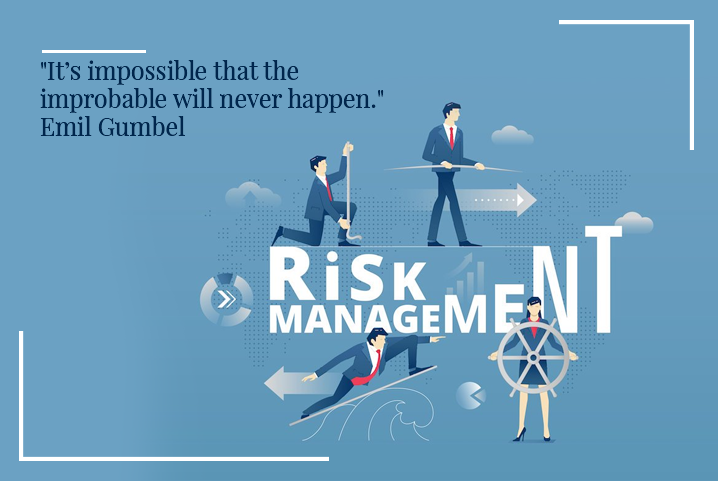
“Even a correct decision is wrong if it was taken too late.”
Project managers will tell you that the probability of completing a project from tip to toe at one go is always next to zero. There are some expected and some unexpected roadblocks which should be accounted for in advance.
The best optimists are those who have a contingency plan for everything that can go wrong. For this risk mitigation planning is paramount to ensure control over the project development process and its success. Risk mitigation equips project managers with the right approach, tools, and resources to face the worst of eventuality, which if not accounted, can slow down project pace.
One might argue that why waste time and resources on something that may or may not happen? While this can be a good argument for lightweight projects, but for enterprise projects where costs can be in millions of dollars, robust risk mitigation is not an option but a necessity. Here are all the more reason for it:
Prompt Crisis Management

Risk mitigation planning is a window to all the troubles that may strike in the future. As such, project managers and leaders can make the best-informed decision to not only mitigate its impact on project scope when they strike, but in the best of cases can avoid them altogether through best contingency plans.
Eliminate Loopholes Faster and Better
Risk mitigation planning shifts the spotlight on the project’s soft spot. If the project managers are aware of the possible risks, they can plan plausible solutions on the lines of trigger points, thus saving time and cost.
Practical Budget Estimates
Risk mitigation planning lends project managers the perfect foresight to plan resource allocations in advance for certain as well as uncertain risk events. Project managers can present before stakeholders resource and budget estimates based on the current ground realities. This helps to reduce friction during risk events and allows project teams as well as other stakeholders to focus on things that matter the most.
Easy Collaboration and Escalations
Last but not least, a well-documented risk mitigation plan lays the roadmap for future collaborations that are goal driven and seamless. The sub-teams know precisely what they are supposed to do, and in case of events that are beyond their scope of treatment, they have the right escalation matrix to refer the event to the right stakeholders.
As per a report, the failure rate for large projects, with a budget $1M and above, is >25%. What’s more surprising is the fact that less than 30 % of project managers employ a proper risk management plan to eliminate or reduce variations in outcomes. The best product engineering services practice robust risk mitigation frameworks to avoid risk. We at Pratham employ a range of risk mitigation frameworks like PESTLE, STEEPLE, TECOP, etc. to ensure that our client’s project cost and goals remain uncompromised. If you also wish to convert your risk events into opportunities, contact us today, and benefit from our excellent product development services.








